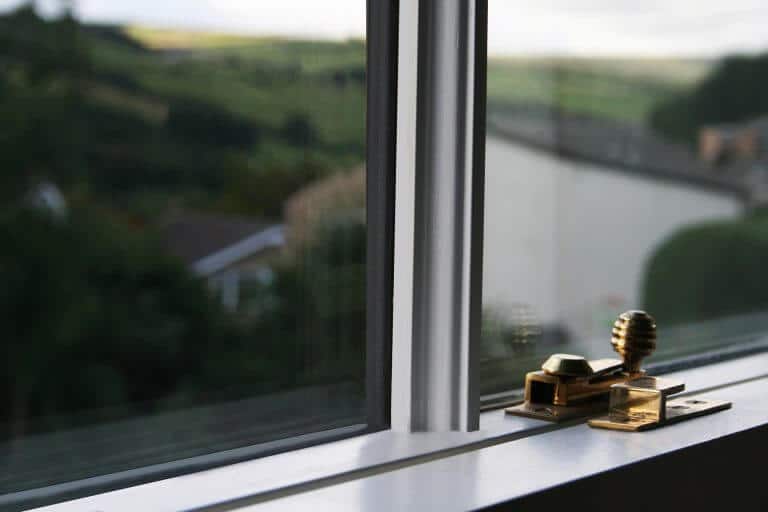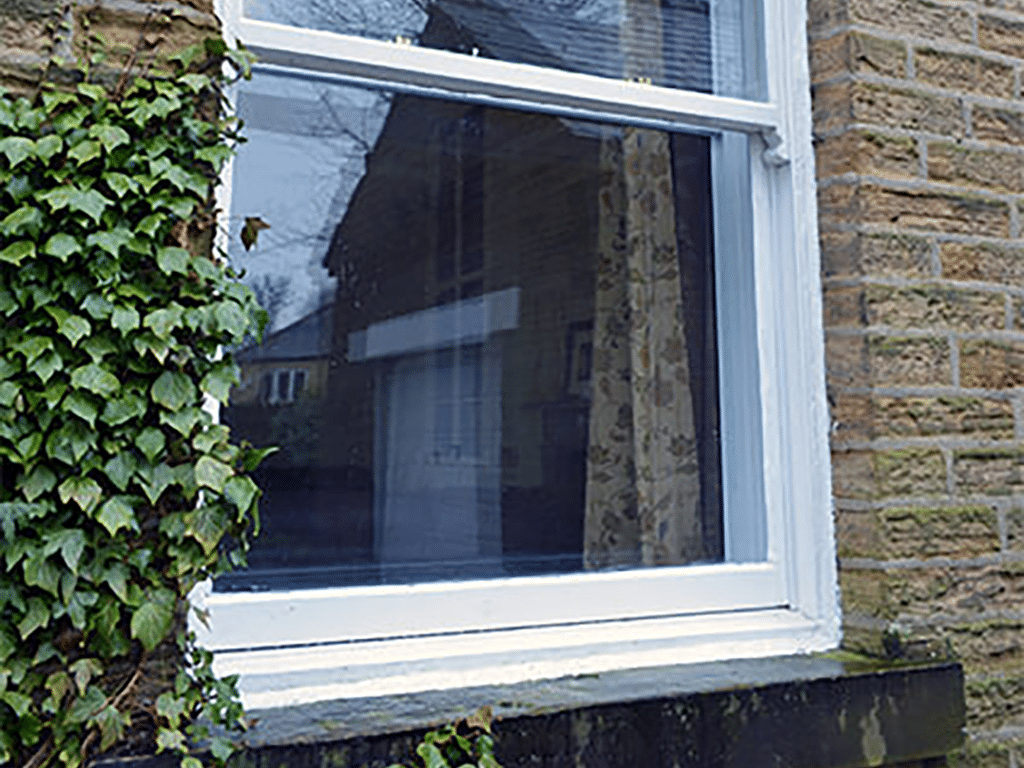Double Glazing Vs Secondary Glazing
What is Double Glazing?
If you ask someone to name the major effects of WWII on the world I doubt they’d mention it delayed the introduction of double glazing by 10 years. Invented in America in 1930 by C D Haven it wasn’t until 1941 that a manufacturer capable of producing the perfectly flat glass necessary was found, at which point the USA promptly joined the war effort delaying the double glazing coming to market until 1952.
As with many things that originate in America it took a while for the new window technology to cross the Atlantic, landing on our shores in the mid 70’s when, sparked by the oil crisis, a new requirement for a U-Value limit of 1.8 for the average of walls and windows was introduced.
By the 1980’s double glazing companies in the UK were enjoying boom times with many people ripping out wooden sash windows in favour of the new plastic ones.
Comprising of two panes of glass, separated by a spacer bar and seals to create a hermetically-sealed environment and typically filled with an inert gas such as Argon, Xenon or Krypton which forms an insulating barrier.
In the past 30 years’ technology and manufacturing techniques have made double glazed units ever more efficient to the point where Ventrolla can now offer a slim double glazed unit designed to period timber windows. This melding of modern technology and period features gives the best of both words and our slim units not only preserve the profile of your wooden sash windows but increase energy efficiency by up to 30% and help to deaden that noisy street outside.
If your aims are to dramatically increase energy efficiency while preserving the look and feel of your wooden sash windows, then slim double glazing is the perfect solution.

What is Secondary Glazing?
Secondary glazing is a far simpler proposition which involves installing another pane of glass behind (inside the room) the existing window. The second pane, usually in an aluminium frame, can be configured in several different ways:
- Lift out units: These units are used where the primary window is fixed or where a customer seldom requires access to open the window for ventilation.
- Hinged Units: These units are generally used with casement/hinged primary windows.
- Vertical Sliders: These units are normally used on vertical sliding sashes with the meeting rails aligning with the primary window meeting rail.
- Horizontal Sliders: Normally used in conjunction with either sash or casement windows where full access is required and where there is sufficient space internally to open the casement secondary glazing.
Apart from being far cheaper than double glazing, secondary glazing also offers superior acoustic insulation properties due to the separate nature of the panes and the wide gap in between. It is for the sound proofing ability that most secondary glazing is installed as it does not perform as well on the energy saving front although it still adds a positive effect.
Another advantage of secondary glazing is that it does not require planning permission even on listed buildings, which means it may be your only option if you are looking to make your windows more energy efficient and you live in a listed building.

Which is right for you?
Many homes have both types of windows, secondary on windows facing a busy road and double elsewhere. Cost issues aside and assuming you don’t live in a listed property, if you’re primary goal is to drastically improve energy efficiency then slim double glazed windows are for you. If reducing sound ingress is more important than you should opt for secondary glazing.
Get in touch with a member of our team to discuss your window project. We’d be happy to answer any further questions you may have.
